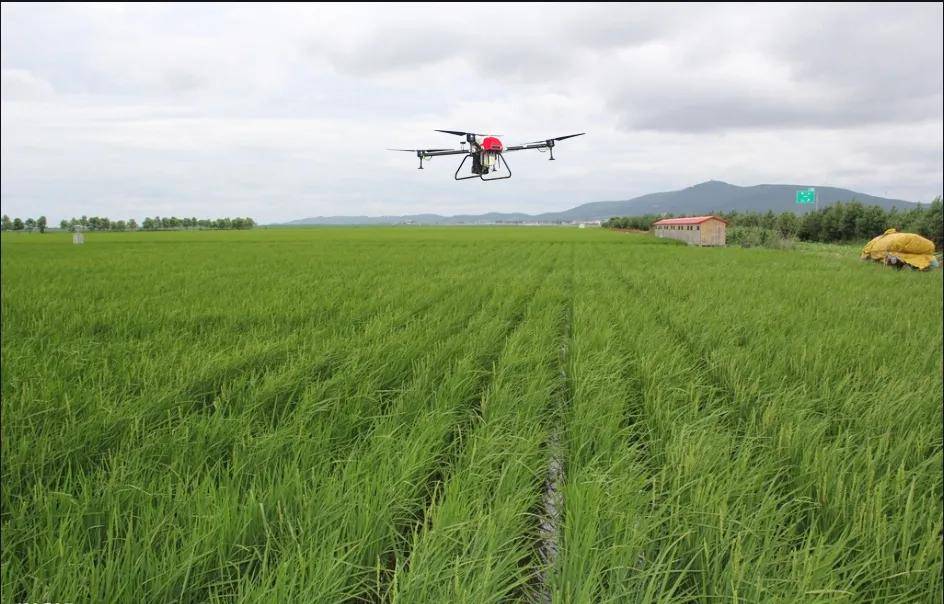Big data analytics is revolutionizing agriculture by enabling farmers to harness vast amounts of data for better decision-making and increased productivity. This article explores how data-driven farming is transforming the agricultural landscape.
Data-driven farming involves the collection and analysis of large volumes of data from various sources, including sensors, satellites, weather stations, and machinery. This data is then used to make informed decisions about crop management, resource allocation, and sustainability practices.
One of the key benefits of data-driven farming is precision agriculture. Sensors placed in the field continuously monitor parameters such as soil moisture, temperature, and nutrient levels. This real-time data is transmitted to cloud-based platforms, where it is analyzed to provide actionable insights. Farmers can use this information to optimize irrigation, fertilization, and pest control, ensuring that resources are applied where they are needed most.
Satellite imagery and remote sensing are also essential components of data-driven farming. Satellites provide high-resolution images of agricultural fields, allowing farmers to monitor crop health, detect issues like disease outbreaks or nutrient deficiencies, and assess the impact of environmental factors such as drought or flooding. This data helps farmers make timely decisions and maximize yields.
Weather data plays a critical role in agricultural decision-making. Accurate weather forecasts and historical climate data allow farmers to plan planting and harvesting activities, protect crops from adverse weather events, and optimize resource use. This data-driven approach reduces risks and improves overall farm management.
Machine learning and artificial intelligence (AI) are increasingly being applied to agricultural data. These technologies can analyze large datasets to identify trends, patterns, and correlations that may not be apparent to human operators. AI-powered tools can help predict crop yields, optimize supply chains, and enhance pest and disease management.
Connectivity and mobile apps enable farmers to access and interact with their data from anywhere. This real-time visibility allows for quick responses to changing conditions and enhances decision-making. Farmers can remotely monitor and control equipment and receive alerts about potential issues, improving operational efficiency.
In conclusion, data-driven farming is unlocking the full potential of agriculture by harnessing the power of big data and analytics. This technology enhances productivity, resource efficiency, and sustainability in farming. As data analytics continues to evolve, it will play an increasingly vital role in shaping the future of agriculture.







Please sign in to comment
register